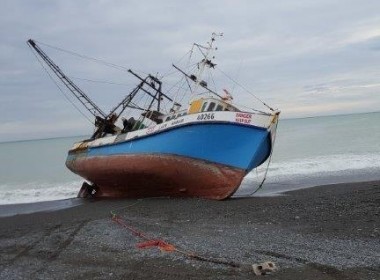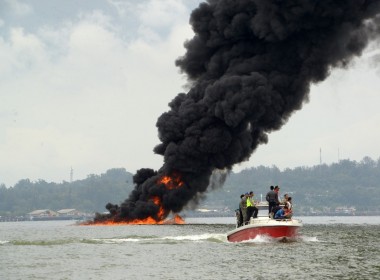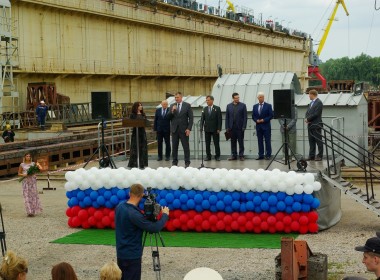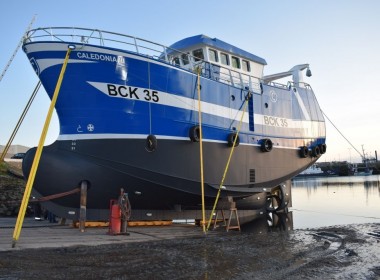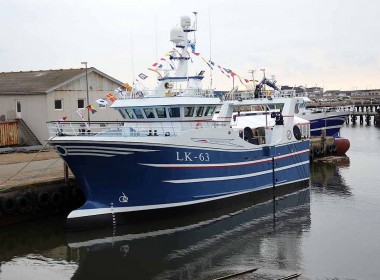EDITORIAL | Signs of life in fishing boat market
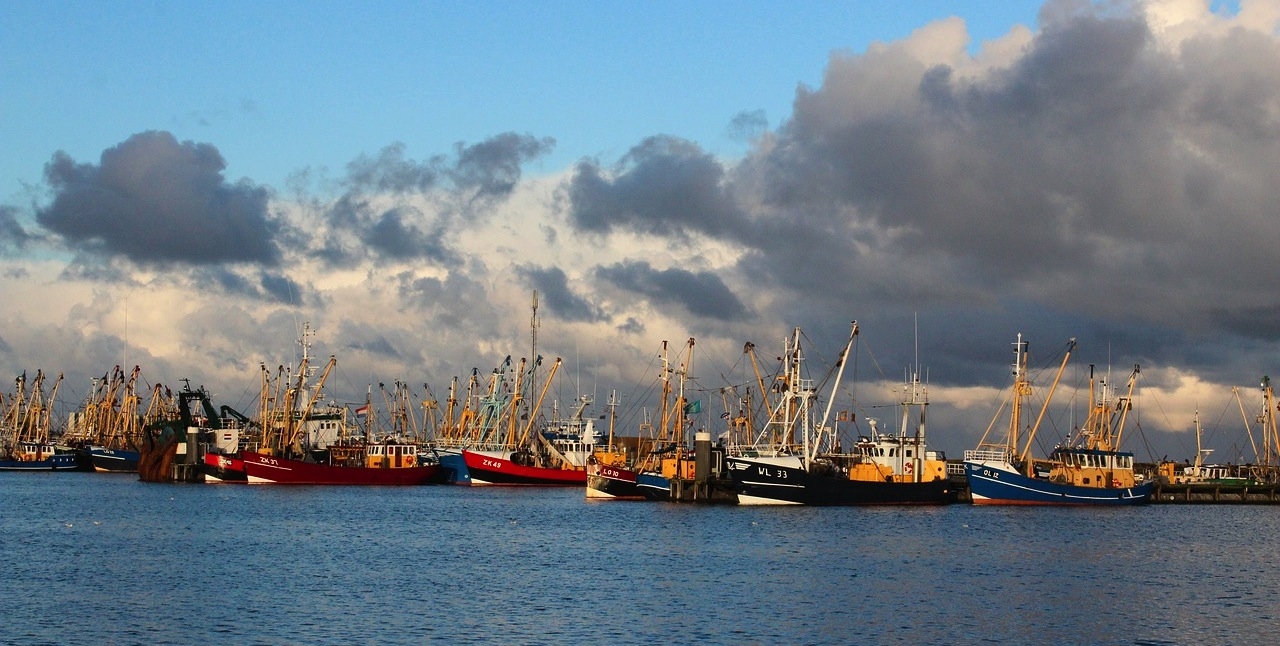
I know full well that “two swallows do not a summer make”. However, I have been delighted recently to note some promising, albeit very tentative, signs of life in the global market for fishing boat newbuildings. Given that we have now experienced well over two decades of relentless gloom, doom and disaster in the fishing industry, it is particularly encouraging to see some very impressive new fishing boats being ordered and delivered.
These boats are invariably stylishly designed and well built and equipped to last for many years. They are substantial investments and, given the successful records of their owners, likely to be very productive and profitable. While based on the designs of twenty tears or so ago, they have been substantially upgraded, modernised and made more powerful and efficient. Importantly, they should all require considerably less maintenance than their predecessors.
Over April and May we listed 34 new orders or deliveries of fishing vessels. They were or are being built in Norway, the Faroes, Denmark, the Netherlands, France, Australia, New Zealand, Scotland, Russia, Iceland, Turkey and Spain. They range in length from 15 to 95 metres and are intended to fish anywhere from the Arctic to the North Pacific, South Atlantic and the Southern Ocean. Most are trawlers but some are also capable of seining potting and long lining. Most, too, are longer than 40 metres.
Importantly, all appear to be solid, seaworthy and safe apart from being equipped with the most modern fish finding, catching, processing and storage equipment. None of their owners are skimping on their new vessels. These are all, of course, owned by substantial developed country-based companies. They are well aware of the need for and benefits of safe vessels. Unfortunately, as I pointed out a couple of months ago, this is not a universal phenomenon.
We tend not to learn of new fishing vessels from Asia, apart from Japan, Taiwan, Sri Lanka and Korea, because they tend to be built on the cheap and no one is very proud of them. That is why so many fishermen (about 24,000 per annum) die at work each year. So, it is good to learn that these boats, at least, are built with safety consciousness front of mind on the part of their owners, designers, builders and equippers.
The gloom, doom and disaster mentioned in my first paragraph has been, in the developed world at least, practically all encompassing. It has taken at least two decades for the industry to start to recover from it. There was from the early nineties a massive and powerful anti-fishing public movement that led to all manner of closures and restrictions on commercial fishing. While there undoubtedly was a significant problem of overfishing in many places, such as the Grand Banks, the response to it was often over-the-top. Many quite innocent and environmentally responsible long-term fishing families were driven from the industry by the idealistic zealots of the irresponsible and often blatantly dishonest Green movement.
That was, in many cases, tragic because due to the widespread misuse of data, many innocent “babies were thrown out with the bath water”. The bureaucratically favoured “precautionary principle” was distorted by the zealots to the cost of us all. Responsible owners were tarred with the same brush as the poachers.
Many fisheries, painted as “endangered” by the zealots were in fact healthy and well managed. The whole fishing industry was defamed as a global gang of rapists and pillagers. That hurt the whole industry and the resulting twenty-year investment strike damaged all its suppliers including naval architects, ship builders and equipment manufacturers. The resulting scarcity of fish even hurt consumers who had to pay significantly higher prices for their healthy protein.
Really, the only long-term beneficiaries of much of the anti-fishing movement’s efforts were the poachers and some of the badly managed Asian operators. They carried on much as before. The Green extremists actually helped them.
Hopefully, now, the wider world will realise that the kinds of people or companies investing in these magnificent and expensive new vessels are in the business for the long term. It is not in their best economic interests to foul their own nests by over fishing. Their vessels require years of successful, profitable operations to recover their capital costs. Their owners are not going to risk their investments with foolish short term over fishing activity.
Hopefully, also, this new wave of investment in fishing boats will continue and that those still to be ordered and built will be as impressive as those we have been noticing lately. It is a healthy and positive development.


